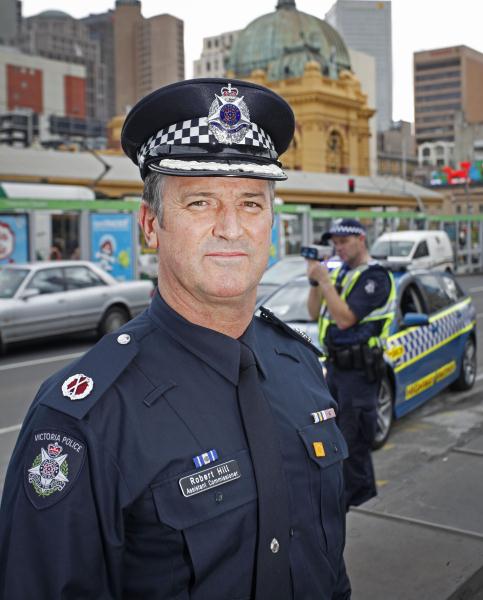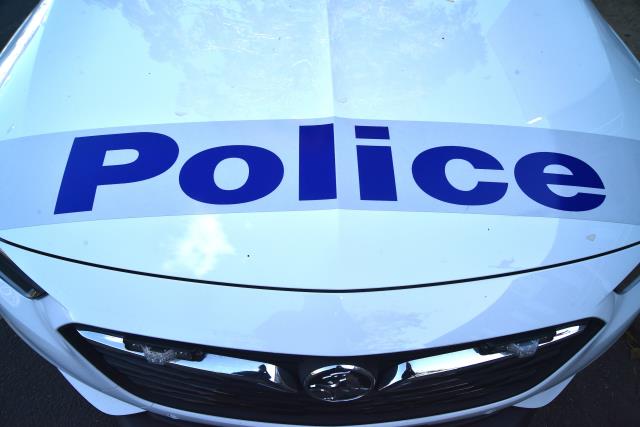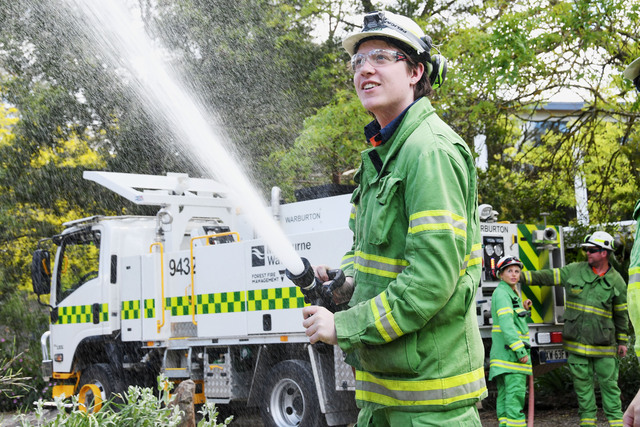By ASSISTANT COMMISSIONER ROBERT HILL
ONE in 11!
What does that figure mean to you?
To police working Operation RAID earlier this month it was a figure that astounded them.
We told drivers we would be out there conducting drug and alcohol testing across the state.
It was on the news, it was in the papers!
But we still managed to detect one in 11 motorists who tested positive to driving with illicit drugs in their system.
That figure is nearly double the yearly average of detections!
Drug driving is a significant issue which appears to be increasing across Victoria and we need to intervene now.
We know impaired drivers are a major contributor to road trauma and have been engaged in a battle to remove them from our roads since motor vehicles first became an integral part of society.
In 1909 we saw the first legislation enacted relating to alcohol impaired driving, with drug driving being addressed with legislation in 1949.
In 1970, deaths on Victorian roads peaked at 1061.
This resulted in a number of legislative changes which contributed to the steady decline in road deaths over the following years.
These included the introduction of seat belts laws, a maximum highway speed limit of 100 km/h and the introduction of compulsory blood sample analysis for persons injured in collisions.
But the introduction of random screening of drivers for alcohol in 1976 was a milestone in terms of impaired driving enforcement and the reduction of alcohol involvement in road trauma.
In the 1970s road deaths in Victoria involving drivers with a blood alcohol content (BAC) of higher then 0.05 per cent accounted for 49 per cent of all road deaths.
As a consequence of these findings random breath testing (RBT) legislation was introduced with the objective of identifying, prosecuting and removing as many alcohol affected drivers from the roads as possible.
From 1976 to 1982, tens of thousands of drivers were screened for alcohol, resulting in the percentage of drivers and riders killed with a BAC of higher then 0.05 per cent falling to 37 per cent.
In 1983 the process was enhanced by the use of electronic screening technology and the introduction of booze buses.
Alcohol screening increased dramatically and by 1984 the percentage of drivers and riders killed with a BAC over 0.05 per cent had decreased to 33 per cent.
In 1990 high volume, highly visible driver alcohol screening using large purpose built vehicles commenced.
This was accompanied by an intense public advertising campaign using television, radio, print media and static bill boards.
The results of the new enforcement campaign were dramatic with the percentage of drivers and riders killed with a BAC in excess of 0.05 per cent reduced to 30 per cent in 1990, falling to a low of 21 per cent in 1992.
After the success of the alcohol impaired driver enforcement program, Victoria Police looked at other causes of driver impairment which represented a risk to road safety.
Victoria Police recognised that driver impairment could result from a number of factors, including alcohol consumption, drug ingestion, injury, infirmity, fatigue, age or a combination of these and as a result legislation was introduced in December 2000 addressing impaired driving generally.
The legislation provides for identification of impaired drivers so that appropriate action can be taken.
If the cause of impairment is the recreational misuse of drugs, a driver is prosecuted for driving while impaired by a drug.
If the impairment relates to other factors, the driver is dealt with by a driver licence suitability program.
In either case the driver is removed from the road until the reason for their impairment is addressed.
December 2004 saw the introduction of legislation prohibiting the driving of motor vehicles with any level of the illicit drugs speed and cannabis present.
September 2006 saw the inclusion of ecstasy in the list of prohibited drugs. Police were also given the authority to conduct roadside drug tests by saliva sample screening.
Victoria Police conduct around 3.5 to 4 million alcohol screening tests a year and 42,000 roadside drug tests.
In Victoria in 2012 one in 20 drivers were confirmed to have one or more of the illicit drugs present whilst driving and one in 238 drivers were found to driving with a BAC in excess of the prescribed amount.
In 2005 drugs of all types were present in almost 40 per cent of drivers killed on Victorian roads, with illicit drugs present in 24.4 per cent of drivers.
By 2009 the presence of all drugs had decreased to almost 32 per cent and the presence of illicit drugs had dropped to 15 per cent.
Disturbingly, the presence of drugs of all types in Victorian drivers killed in 2010 and 2011 increased dramatically, returning to the levels seen in 2005.
The lessons learned in implementing a successful alcohol impaired driving program are now being applied to combat the drug impaired driving issue, however Operation RAID results show there is still more work to be done in this area.
And it needs to start now.
We need to change the culture where drivers believe it is okay to drive with any form of impairment.
Whilst drink driving remains one of the biggest threats on our roads, we recognise drug driving is a significant issue and needs to be a major focus for Victoria Police and our road safety partners.
That is why Victoria Police has made a commitment to expanding our drug testing capabilities and strengthening our drink driving enforcement capabilities.
We have improved our intelligence processes to ensure we will have police focused on the right areas at the right times to remove those drivers who create the biggest risk on Victorian roads.
We are listening to the community and working with our road safety partners to introduce new legislation targeting impaired drivers.
Our goal is to influence and change the culture of road users to create a safer road system for all Victorians.
We know we are heading in the right direction; the current road toll is testament to that.
However we are determined not to become complacent and are committed to our vision of zero deaths and serious injuries on our roads.







